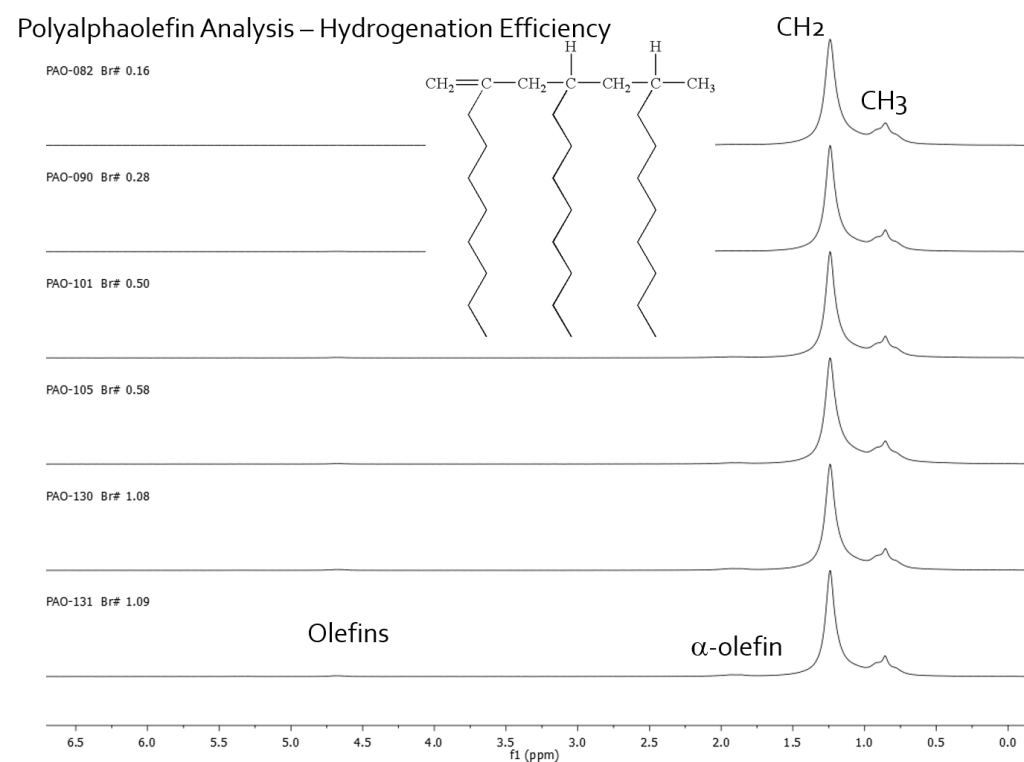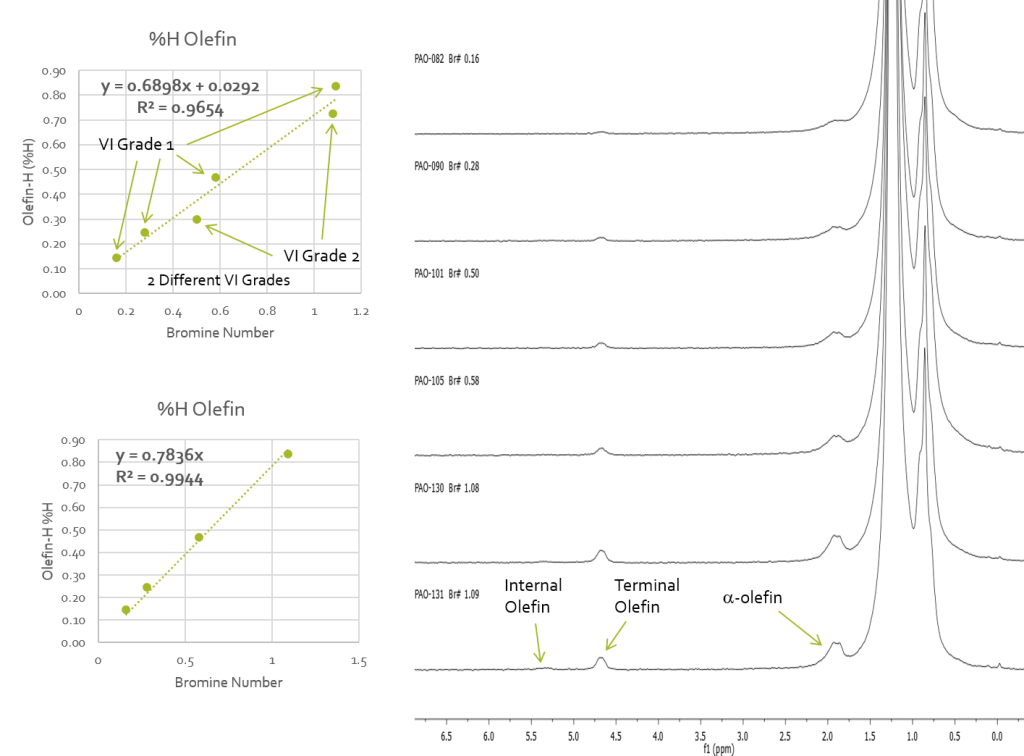Validation of NMR: No Need to PANIC – Workshop held February 13, 2015, La Jolla, CA, U.S.A
In conjunction with the 3rd PANIC conference in La Jolla, California, a 1-day NMR validation workshop was held that attracted approximately 80 interested participants. The agenda of the meeting is provided at this link (http://www.nmrvalidation.org/index.php/events/event-review) and registered participants can now download the presentations presented at the meeting. At the meeting it was decided to proceed with the idea of founding an organization dedicated to the development of validate NMR methods for use throughout all industry sectors.
Organizational Scope:
NMR spectroscopy provides a means to evaluate material with high compound and high material specificity. Information as to the chemical structure, stereochemistry, quantity, material composition, and material identity is encoded in the NMR spectrum. The high reproducibility of NMR spectroscopy from instrument to instrument and lab to lab makes NMR an excellent tool for material validation. Approaches to utilizing NMR as a material validation tool include using (1) targeted approaches, the identification and quantification of specific components, and (2) non-targeted approaches, the use of chemometric methods to evaluate the spectrum as a whole. Efforts to increase the number and the speed of validated NMR methods are underway. This promises to move NMR technology from R&D to a mainstream analytical tool for production leading to high quality product assessment.
Quantitative NMR spectroscopy (qNMR) provides the most universally applicable form of direct purity determination without the need for reference materials of analytes or the calculation of response factors, with the only requirement being the exhibition of suitable NMR spectral properties. Due to recent advances in the technical development of NMR instruments, such as acquisition electronics and probe design, detection limits of components in liquid mixtures have been improved into the lower ppm range (approx. 5–10 ppm amount of substance).
The development of validated procedures and qualified standards will give users the tools to routinely exploit qNMR and enable them to speed up analytical method development, with the added advantage of reducing the time and financial burden of multiple analytical testing.
Over the last few years a number of efforts have been made to include NMR in routine testing and analysis – especially in regulated fields such as those operating under GMP or GLP guidelines. Unfortunately it has been observed that approval authorities, standard method organizations, and auditors prefer to take analytical routes derived from classical chromatographic methods. Since NMR represents a direct comparison analysis method such decisions clearly fail to take advantage of the benefits that NMR can provide.
The PANIC validation group proposes to become a driving force in getting NMR methods validated, publicized, and supported by documentation and qualified standards. The organization will also provide a mechanism for repeatability/reproducibility assessment of NMR methods as well as the round-robin accreditation of NMR labs. We aim to proactively promote the technology and improve its acceptance by the analytical community across all industry sectors.
What we want:
- Identify a network of NMR people concerned with validation that can ultimately assist each other through the validation process.
- Harmonize the terminology and a standard approach for NMR validations.
- Position the guidelines produced by consensus of the NMR community so that accreditation agencies can use this process.
It is expected that there will be an annual 1-day meeting in conjunction with future PANIC conferences. A website has been been created as an organizational repository. The website can be found here: http://www.nmrvalidation.org/index.php and details of future events and, eventually, contact information will be provided.













